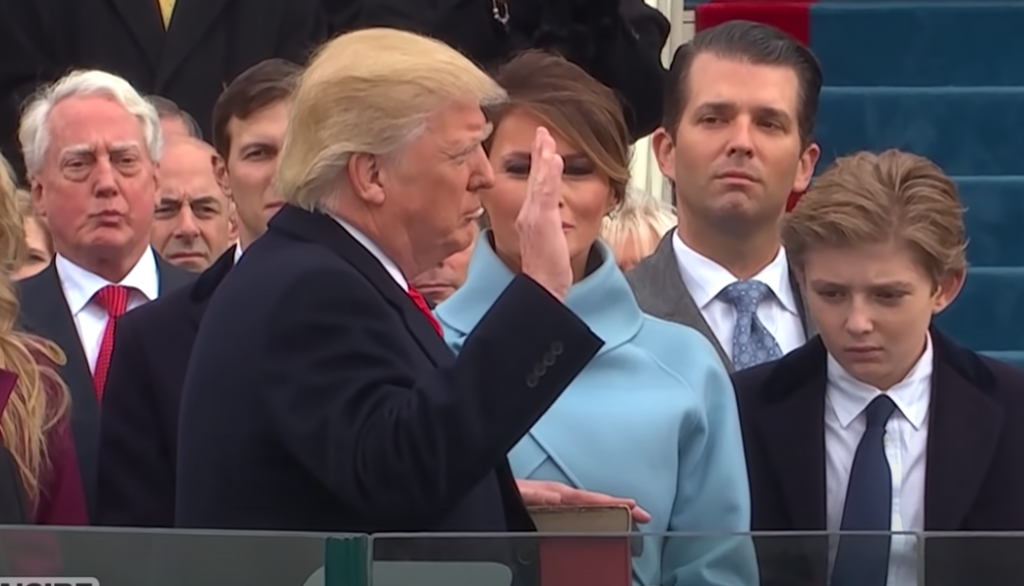We could be wrong, you know
OK. For a moment, I want us all to play a game. This is a very useful management technique I’ve learned, and it’s called the premortem. What I want us to do is to imagine it’s December 2020, and President Trump is re-elected – what did we get wrong, what were the signs we missed?
Here are my three ways we could be wrong:
We didn’t pay enough attention to approval ratings. President Trump’s approval rating has been steadily improving. On the 538 poll-of-polls, it’s up to 44.4%. Incumbents tend to outperform their approval number. So, Barack Obama had 49.2% approval at this stage, and ended up with 51.1% of the vote. With George W, it was 48.8% approval and then 50.7% in the General. On the back of the current approval rating, President Trump is on track to get 46.3% of the vote – that’d be slightly more than he got in 2016, and would result in an extremely tight election.
The electoral college could easily throw a spanner in the works. Once the gap between Trump and Biden gets down to five points or less, then it’s quite possible that Trump wins despite a big popular vote deficit. This is not something that the Republicans should rely on, but it’s quite possible that President Trump hangs on with reduced margins in Arizona and Texas, while only losing one or two of Pennsylvania, Wisconsin and Michigan.
With Trump in hospital and not tweeting (or praising to the Proud Boys) so much, the urgency to get rid of him diminishes. There’s little doubt that Democrats are not particularly enthused by Biden. (To be fair, who would be?) Instead they are motivated by their dislike – perhaps hatred – of the President. Trump struck down by CV19 is a much more human figure, and probably harder to rail against. Maybe dragging yourself out to vote in the middle of pandemic is a little harder when Trump isn’t so front and centre? Maybe the hospitalisation of President Trump marks the turning of the tide.
There are other ways that we could be wrong. There could be shy Trump supporters. High School educated voters could turn out in even larger numbers than in 2016. Suburban and rural voters might worry about violence in the cities and hope Trump prevents it. Bernie Bros might decide to stay home rather than support a centrist Dem. African American voters could shift decisively towards the Republicans. All these are possibles. Not certainties or even likelies, but possibles.
With that said, there’s not a lot of evidence for any of these propositions yet. The first ignores President Trump’s really high disapproval number. Just as incumbents tend to outperform the Presidential approval number, challengers tend to outperform his disapproval number. The second is perfectly possible, but is also low probability. With a 4-5% Biden lead, President Trump has a c. 8% chance of winning the electoral college. And the third… well, who knows?
Put them all together, and yes President Trump definitely has a chance to eek out a narrow win (25-30%), but his time (electorally speaking) is running out.
Still: keep an eye on things that you might have gotten wrong. And watch them like a hawk on November 3 – because polls (like in the EU referendum) can be very wrong.
